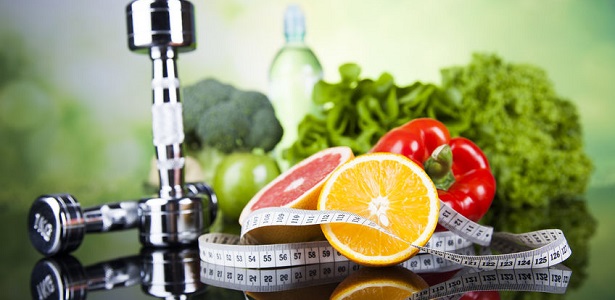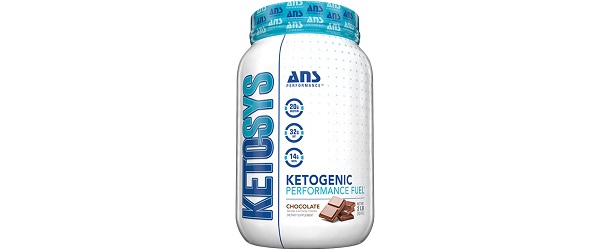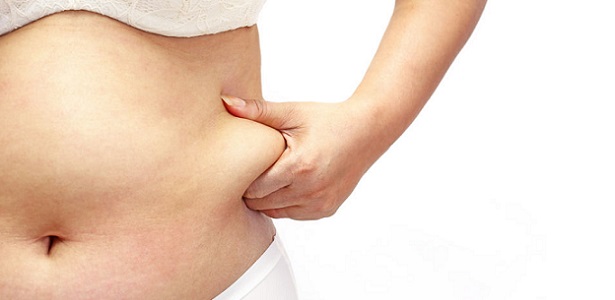
How To Reach Ketosis
Ketosis is a state our bodies enter when we stick to a low-carb diet. Being in a state of ketosis means our bodies are burning fat while producing ketones. While in ketosis, the fat you eat and the ketones your body has produced become your main source of energy and fuel. It is used for your muscles, brain, and heart. Ketogenic diets have been shown to help patients with epileptic seizures better control them. Being in a state of ketosis helps burn fat and suppresses one’s appetite, which will eventually lead to weight loss.
Cut Out Carbohydrate-Rich Foods
Getting to a state of ketosis is difficult and takes time but worth it once you get there. In order to get to ketosis, you will need to consume less than 50 grams of carbohydrates a day. This may be hard for most Americans since most eat about 300 grams of carbs a day. The sugar from the carbohydrates act as people’s form of energy. In order to help your body not use sugar as energy but instead target stored fat, you will need to cut out all grains. Breakfast cereals, pasta, breads, granola bars, and rice all fall into that category. You also will need to remove sugars, which are found in baked goods, drinks, syrups, jams, and any desserts. Starchy vegetables can also hinder you reaching a state of ketosis so any form of potatoes and corn have got to go, such as French fries and mashed potatoes. You will also need to remove fruit, milk, and yogurt.
“Low-Carb” Not “No-Carb”
You do need to reach 50 grams of carbohydrates a day, though. You can do this by eating non-starchy vegetables, such as mushrooms, tomatoes, kale, artichokes, and broccoli. You should keep track of your carb intake. Vegetables have different amounts of carbohydrates per cup. You can also include small amounts of nut butter and nuts. 2 tablespoons of nut butter and an ounce of almonds each have less than 5 grams of carbohydrates. Cashews have more, though. Some cheeses like cottage and ricotta also have a low-carb content, so you can count them as your daily carb intake.
High Fat and a Good Amount of Protein
Your meals should include a high amount of fat and a good amount of protein in addition to non-starchy vegetables. The serving of protein depends on your activity level, height, and weight, but usually, 4-6 ounces is sufficient. You can find protein in poultry, meat, cheese, eggs, fish, and seafood. You should be adding about 1-2 tablespoons of fat to each of your meals. You can add butter, low-carb mayonnaise, coconut oil, or olive oil. Avocado and bacon are also great foods to help increase your fat intake.
Daily Menu
Each of your meals should include non-starchy vegetables – about 1-2 cups. You should be having 4-6 ounces of protein and 1-2 tablespoons of fat as well. If you keep up with these rules, your body will soon enough enter a state of ketosis and you will eventually see results.
TOP 5
KETOTreatments |
|||||
| Approved Science Keto | Sports Research Keto+ Plus | Giant Sports International Giant Keto | Key Nutrients Key Keto | Vaxxen Labs Keto1 | |
|---|---|---|---|---|---|
| 1 | 2 | 3 | 4 | 5 | |
| Price (1 bottle) Price (6 bottles)best value |
$49.95 $139.70 |
$50.00 $300.00 |
$29.99 $179.94 |
$49.94 $299.64 |
$69.99 $419.94 |
| Overall Rating | 99.35% | 95.40% | 92.60% | 90% | 88.70% |
| Effectiveness |





|





|





|





|





|
| Speed of Results | Extremely Fast | Good | Good | Average | Slow |
| Quality of Ingredients | Premium | Good | Average | Average | Average |
| Customer Satisfaction Evaluation | 99.40% | 95.30% | 92.50% | 90.40% | 88.73% |
| Safety Evaluation | Safe for Use | Safe for Use | Safe for Use | Safe for Use | Safe for Use |
| Customer Service Rating |





|





|





|





|





|
| Reorder Rate | Highest | High | Good | Average | Average |
| Return Policy | Risk Free | Risk Free | Risk Free | Risk Free | Yes |
| Success Rate | 99.40% | 95.35% | 92.55% | 90.20% | 88.60% |

 Subscribe Now
Subscribe Now











